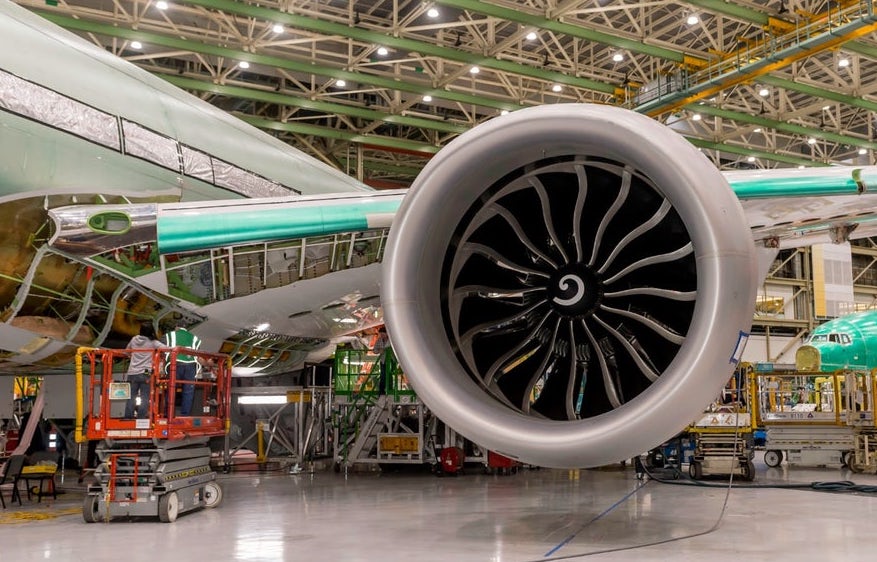China3D printingOn August 3, the Russian state-backed Foundation for Advanced Research (FPI) and the Federal State Unitary Enterprise (VIAM) for the first time3D printingThe MGTD-20 gas turbine engine was flight tested.
The electric motors were evaluated on a light unmanned aerial vehicle (UAV), which was launched over the Kazanbash Aviation Center, about 500 miles east of Moscow.According to reports, using3D printingto manufactureaircraft, which can reach speeds of 154 km/h, cut costs in half, and make it 20 times faster to manufacture than conventional methods.Following a successful test flight, the program’s organizers are developing a series of small3D printingturbo engine and will start production in 2021-2022.
Russia3D printingengine take off
The joint venture between FPI and VIAM was established in November 2015 to develop3D printing“Next-generation materials” for aircraft and rocket engines. Within the framework of this project, the government-backed group has deployed selective laser sintering (SLS) production technology to manufacture a prototype MGTD-20 gas turbine engine.
Utilizing its high impact custom engineered metal powders, VIAM 3D printingThe resulting turbines are reported to be 20 percent stronger than those produced using existing materials. VIAM also offers a range of synthesis technologies, heat treatment and post-processing solutions to optimize the process and reduce its construction time.
The final engine was tested on a drone with a 3-meter wingspan designed by the Russian security firm JSC NPO OKB im. M.S. Simonov.ShoulddroneWeighing 40kg (including the 10kg electric motor), it took off successfully and used 20kg of thrust to reach a maximum altitude of 170m. The turbo itself runs at a working speed of 58,000 rpm and reaches a maximum engine speed of 101,600 rpm.
After completing the test flight, which tracked the set waypoint using the autopilot, the drone landed and recovered without any damage. After evaluating the performance of the MGTD-20, FPI and VIAM are now testing small gas turbine engines in thrust classes of 10, 20, 125 and 150 kgf for industrial applications. The MGTD-10, 20 and 125 turbines have undergone durability testing and are targeted to enter series production by 2022.

3D printing
to produce aircraft parts, including parts inside the Boeing 777x jet engine” alt=” Also used by GE Aviation
3D printing
to produce aircraft parts, including parts inside the Boeing 777x jet engine” width=”620″ height=”397″ />
GE Aviation also uses3D printingto produce aircraft parts, including parts inside the Boeing 777x jet engine (pictured). Image via Boeing.
in the aerospace industry3D printingmotor
In the U.S. aerospace industry, aerospace companies tend to use full3D printingThe engine launches the satellite into orbit. That being said, multinational jet engine manufacturer GE Aviation has recently partnered with several airlines to integrate printed components into their aircraft engines.
GE Additive and GE Aviation have partnered with the U.S. Air Force for the F110 jet engine used on both the F-15 and F-16 aircraft3D printing. This broader program aims to improve military readiness and reduce risk in the spare parts supply chain.
Aircraft maker Boeing also partnered with GE Aviation to complete the maiden flight of the 777X jet with twin GE9X engines.Boeing uses more than 3003D printingBuilt from parts, the GE9X has now been flight tested 72 times and is scheduled to enter service in 2021.
British multinational manufacturer GKN Aerospace has also partnered with US aerospace manufacturer Pratt & Whitney to deploy3D printing. Fan housing mounting rings and fan spacers used in Pratt & Whitney PW1500G and PW1900G engines have been printed to reduce CO2 emissions during production.China3D printingNet compiled articles!
(responsible editor: admin)


0 Comments for “Russia successfully tests 3D-printed turbine engine for use in drones”